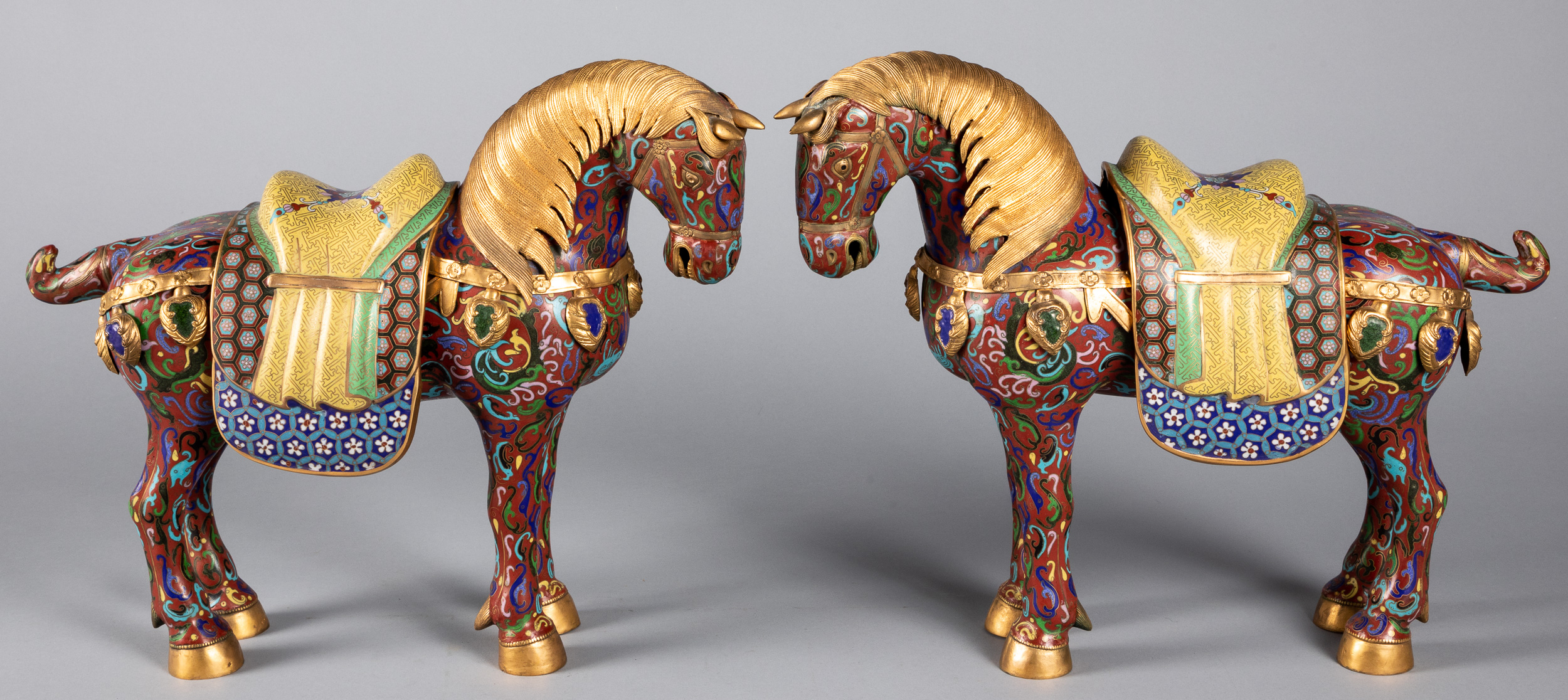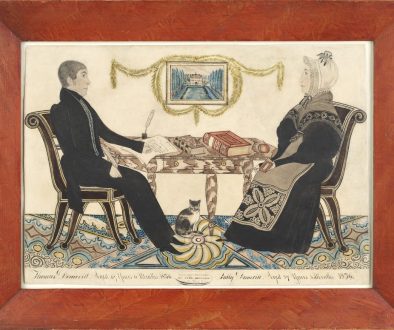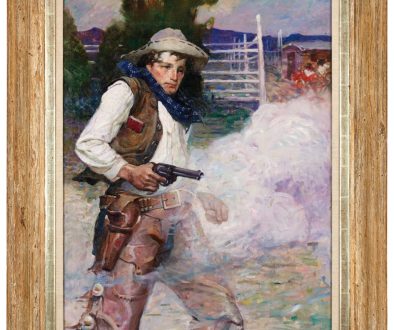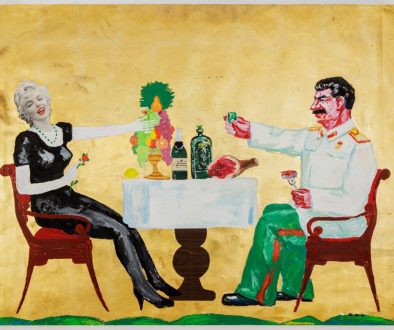With Wings & Scales, Through Myth & Fable
As objects of Chinese culture, horses carry us beyond the borders of any one area or aspect. Closely related to dragons, horses flew, sometimes with wings and scales, through myth and fable in ancient China, carrying deities across the heavens. The horse is a symbol of Chinese imperial power, and survival against neighboring barbarian tribes, whose style of mounted warfare plagued China’s agricultural civilization. As early as 104 BCE, the Han Dynasty reached far outside of its borders to acquire superior cavalry mounts in the War of the Heavenly Horses. These horses were considered celestial beings that could carry the Emperor to heaven. In possession of intelligence and virtue, and never-ending strength, they nobly served to defend China.
In the early Bronze Age, rulers’ horses (and sometimes soldiers and wives) could be killed and buried with them. As civilization progressed, models were made instead to be interred with the dead. Believed to re-animate to serve the dead man in the afterlife, warhorses, racehorses, and hunting horses were placed in the tombs. The Han Dynasty saw a new artistry in ceramic models, inspired by the acquisition of the Heavenly Horses, but the statues reached their most beautiful form in the Tang Dynasty. These sculptures, Lot 2268 in the upcoming February 24th auction, represent some of the most vivid likenesses of horses in all of art. Often portraits of actual horses, their individuality is captured by a noble curve of the neck, a tilt of the head, prick of the ears, and flick of the tail. Their conformation is sleekly muscular, conveying powerful grace. The Tang artistic canon has continued through the centuries, informing nearly all of China’s equine art, and directly influencing this pair of 20th century cloisonné horses. Colorful and appealing, they look like they can be trusted to guard your own home.
By: Cynthia Lawrence




